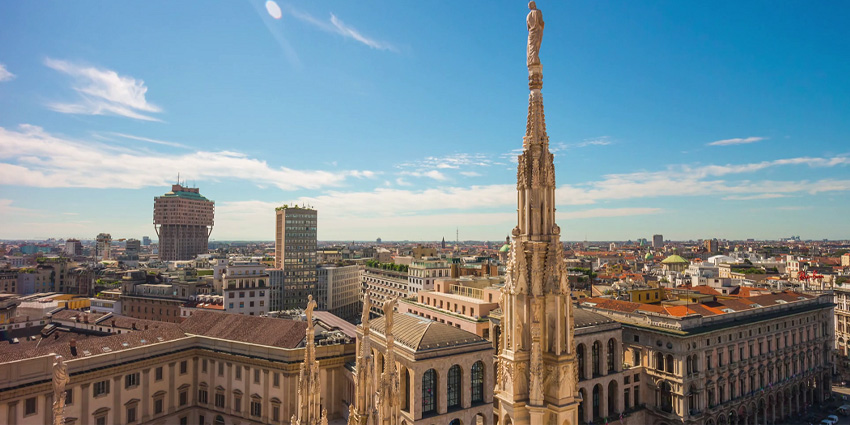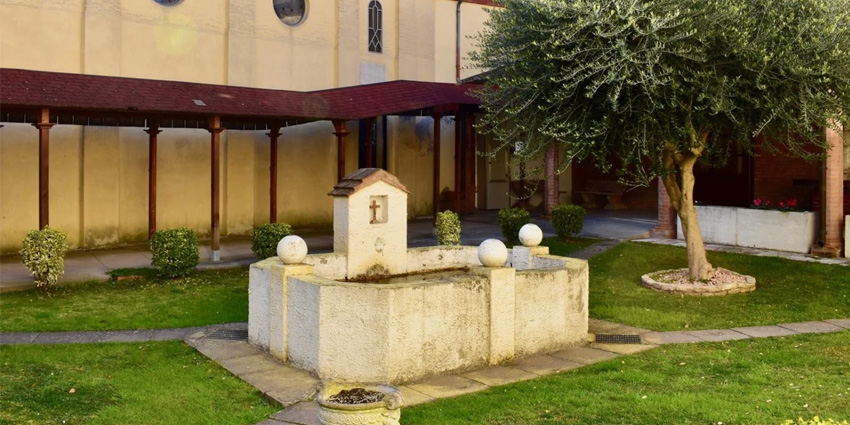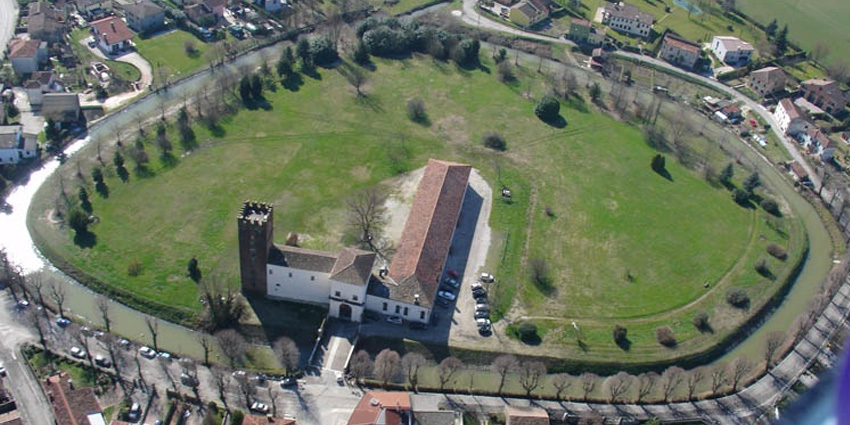
Unusual Milan: A Journey Beyond the Familiar
Milan is a city of infinite layers — a metropolis that reveals itself slowly, far beyond its reputation as the capital of fashion, design, and finance.
Beneath its cosmopolitan surface lies a more intimate dimension, where history, architecture, and daily life intertwine in unexpected ways. Exploring unusual Milan means venturing into quiet courtyards, discovering hidden gardens, and following the traces of a city that thrives on contrasts: tradition and modernity, elegance and simplicity, grandeur and discretion.
Hidden architecture and forgotten beauty
Away from the crowded boulevards and iconic landmarks, Milan conceals architectural treasures that tell stories of craftsmanship and imagination. In the discreet Via Lincoln, the so-called “Rainbow District” emerges like a fragment of another world — a collection of 19th-century workers’ houses painted in soft hues of pink, green, and yellow. Each façade seems to echo the artistic vibrancy that defines Milan’s creative spirit.
Nearby, the Porta Venezia area reveals another facet of the city’s aesthetic history: a collection of Art Nouveau villas and wrought-iron balconies that evoke the elegance of early 20th-century bourgeois life. These residential enclaves stand as living museums, preserving the poetry of a bygone era within the rhythm of contemporary Milan.
The secret gardens of Milan
Behind ornate gates and quiet cloisters, Milan’s hidden gardens offer a rare sense of tranquility. Some are remnants of ancient monasteries, others are the private sanctuaries of noble families who once shaped the city’s destiny. Lush courtyards with magnolia trees, ivy-covered walls, and fountains softened by time remind visitors that Milan’s relationship with nature is subtle yet enduring.
These secret spaces are scattered across the city — from the cloister of Santa Maria delle Grazie, a few steps from Leonardo’s Last Supper, to the inner gardens of historic palazzi along Corso Venezia. They embody a Milan that knows how to retreat, to breathe, and to preserve beauty within silence.
The soul of tradition
Milan’s identity also lives within its historic shops and artisan workshops. In Brera’s cobbled streets, ateliers of goldsmiths and framemakers continue practices that have been refined over generations. In Corso Magenta, pastry shops and cafés serve recipes unchanged for decades, enveloping their visitors in the scent of freshly baked brioche and coffee.
Beyond the glamour, there is a Milan of neighborhoods — Isola, Porta Romana, Ticinese — where daily life unfolds in the warmth of local markets, small trattorias, and spontaneous street gatherings. These microcosms capture the city’s authentic rhythm, a blend of tradition and understated sophistication.
Contemporary spaces, timeless essence
Modern Milan does not erase the past; it transforms it. Former factories and warehouses have been reborn as cultural hubs, art galleries, and design studios. The Fondazione Prada, with its striking mix of industrial and golden architecture, represents the city’s forward-thinking identity, while Cascina Cuccagna, a restored 18th-century farmhouse, celebrates sustainability and community life.
Together, they illustrate the two faces of Milan: one projected into the future, experimental and visionary; the other deeply rooted in the values of heritage, craftsmanship, and quiet refinement.
Experiencing Milan differently
To explore the unusual side of Milan is to slow down and observe. It means following the sound of footsteps on cobblestones, noticing the scent of rain on stone façades, and catching glimpses of art in unexpected corners. This journey invites a deeper connection with the city — not through grand gestures, but through the elegance of discovery.
Here, time flows differently. Milan reveals itself not to those who rush, but to those who linger — those who understand that beauty often hides in silence, and that the city’s truest charm lies beyond what meets the eye.




